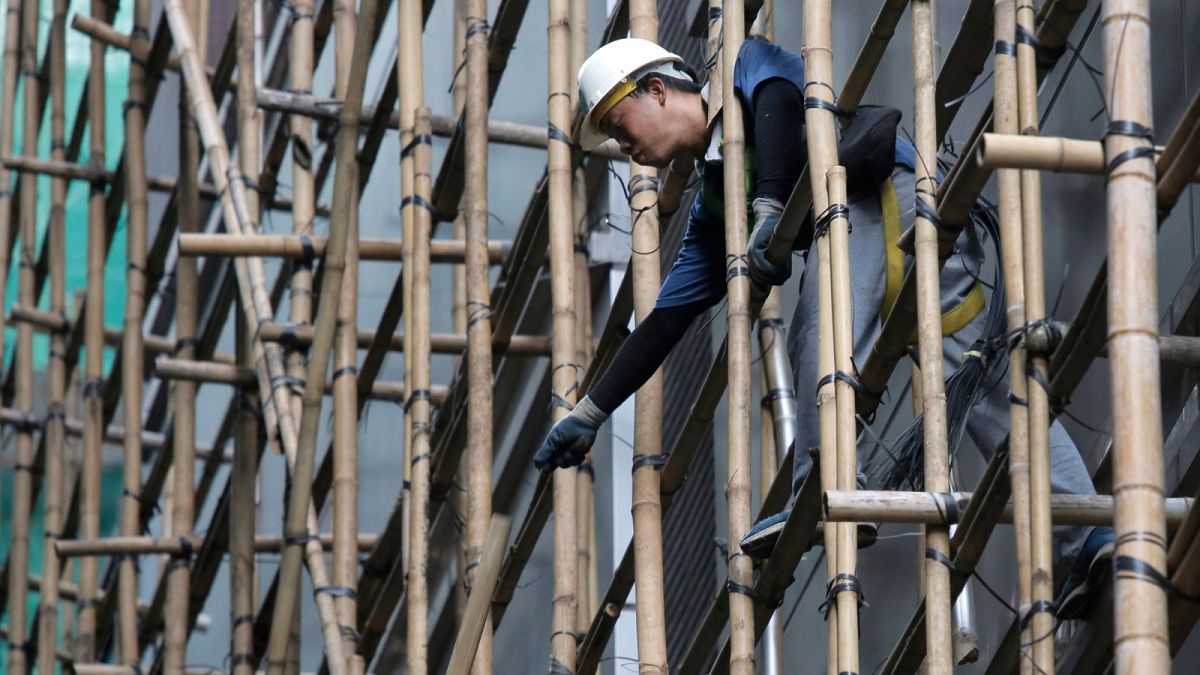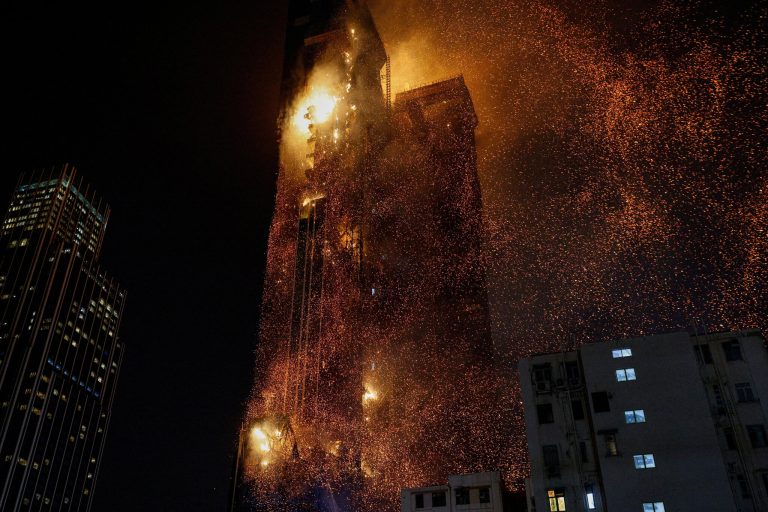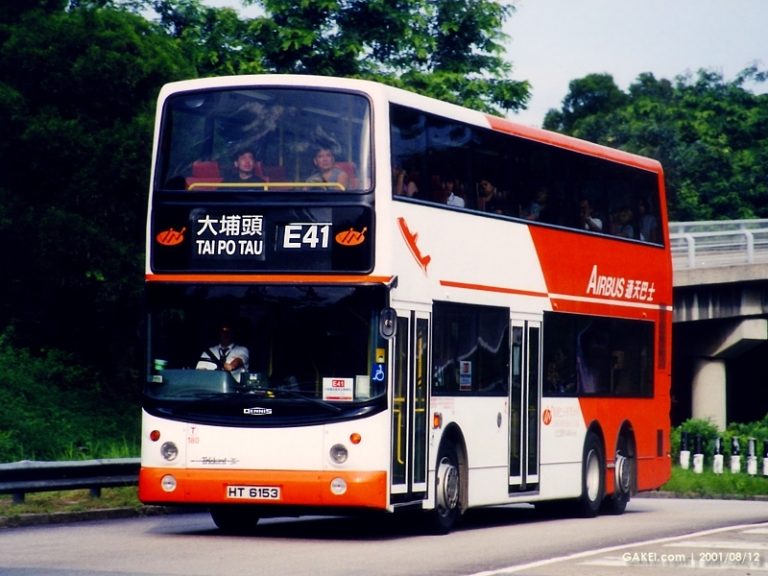In the wake of the devastating Wang Fuk Court fire in Tai Po, Hong Kong’s construction industry finds itself at a critical crossroads, grappling with complex safety challenges that extend far beyond simple material choices. The tragedy, which claimed multiple lives, has sparked an urgent dialogue about transitioning from traditional bamboo scaffolding to metal alternatives—a shift that promises enhanced fire safety but comes with significant practical complications.
The Development Bureau’s recent meeting with industry leaders has produced a nuanced roadmap for gradually introducing metal scaffolding, recognizing that technological solutions alone cannot guarantee construction site safety. Chau Sze-kit, Chairman of the Hong Kong Construction Industry Employees General Union, offers a crucial perspective: the core issue isn’t necessarily the materials, but how construction sites are managed and supervised.

While metal scaffolding presents clear advantages in fire resistance compared to bamboo, experts caution against viewing it as a universal solution. Under extreme heat, metal structures can unexpectedly lose structural integrity and collapse, presenting their own set of risks. This underscores the importance of comprehensive site management and thorough risk assessment—principles that remain paramount regardless of scaffolding material.
Hong Kong’s unique urban landscape introduces additional complexity to this transition. The city’s narrow streets and densely packed construction sites create significant logistical challenges for metal scaffolding. Unlike nimble bamboo systems, metal structures are heavier, bulkier, and often cannot reach the same heights, limiting their applicability in high-rise projects and older residential estates.
The workforce implications are equally nuanced. Currently, Hong Kong has approximately 3,000 bamboo scaffolders and 2,000 workers trained in metal systems. While retraining could potentially occur quickly—perhaps within a week for experienced workers—economic concerns loom large. Metal scaffolding work is considered less technically demanding, which could translate to substantial daily wage reductions, potentially creating resistance among workers.

Lawrence Ng San-wa from the Hong Kong Construction Sub-contractors Association advocates for a measured, phased approach. His recommendation involves initially mandating metal scaffolding on spacious new construction sites where logistical challenges are minimal, while maintaining bamboo usage in more complex environments until viable alternatives emerge.
The proposed transition represents more than a simple material swap—it’s a comprehensive reevaluation of construction safety practices. The Tai Po fire has dramatically highlighted the urgent need for improved fire safety measures, particularly regarding scaffolding materials and site management protocols.
As discussions continue, the industry’s challenge lies in striking a delicate balance between innovation, practicality, and human safety. Metal scaffolding offers promising fire-resistant properties, but its successful implementation depends on far more than material composition. Rigorous risk assessment, effective supervision, and a nuanced understanding of Hong Kong’s unique architectural landscape will be critical in preventing future tragedies.
The road ahead demands collaboration, adaptability, and a commitment to continuous improvement. By approaching this transition thoughtfully and incrementally, Hong Kong’s construction industry can develop safer, more resilient practices that protect both workers and residents.











